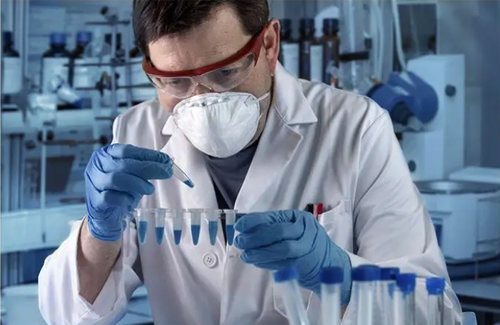

Purisystems Air Scrubber - a Freshness Guarantee forthe Laboratory Environment
Failure to ventilate or purify the air in a laboratory in a timely manner can lead to inaccurate results, poor data reliability, contamination of samples, and even endanger the health of researchers. This is where an air scrubber can help maintain a clean and stable laboratory environment.
Cleaning laboratory air is a top priority for many laboratories, as the widespread use of formalin and xylene in pathology and histology labs can lead to high levels of contamination. Hazardous gasses, microorganisms, and particulate matter generated during experiments can also affect the stability and reliability of experiments. In addition, laboratories often need to maintain specific standards for cleanliness and air quality to ensure the accuracy and reproducibility of experimental results. These challenges require an efficient and reliable solution.
In this context, air scrubbers have become an important tool for solving environmental problems in the laboratory. Conventional air scrubbers do not kill bacteria; they remain as live particles in the filter. In contrast, Purisystems' industrial-grade air scrubbers with UV-C lamps and negative ion technology are able to kill all bacteria and viruses and permanently remove all contaminating particles and gasses from the cleanroom.

Air Scrubber Fights Mold, Keeps Indoors Clean and Healthy
Accuracy and reliability are the cornerstones of scientific progress, and Purisystems air scrubbers are revolutionizing the laboratory environment. The HEPA 600 UVIG, one of the most advanced programmable air scrubbers, produces 600 CFM of airflow and absorbs virtually all harmful airborne particles. The HEPA Pro UVIG's rugged stainless steel construction has been rigorously tested and certified for use in laboratory environments, ensuring long life and stability for frequent laboratory use. High-efficiency clapboard filters and lamps such as UV-C can absorb, break down or transform a wide range of airborne pollutants (e.g. PM2.5, pollen, odors, formaldehyde, bacteria, allergens, and other pollutants)
The advantages of using an air scrubber in a laboratory include
Elimination of harmful gasses: Air scrubbers can capture and remove harmful gasses generated during experiments, such as volatile compounds (VOCs), ammonia, etc., ensuring a safe and comfortable laboratory environment.
Microbial control: microorganisms and bacteria that may be present in the laboratory can affect the reliability of experimental results and data. Air scrubbers reduce the risk of contamination during experiments by effectively removing microorganisms from the air.
Particle filtration: Air scrubbers filter out airborne particles such as dust and particulate matter, keeping the laboratory environment clean and minimizing interference with experimental results.

Reliability of experimental results: The use of air scrubbers can improve the accuracy and repeatability of experimental results and provide researchers with a more reliable database.
Comfort: Air scrubbers improve air quality in the laboratory and provide a more comfortable working environment, which increases researchers' efficiency and concentration.
Not sure how to choose? Contact the Purisystems Expert Services team.Purisystems' team of experts can help you with equipment selection and capacity calculations. They are your preferred point of contact, both in the sale and after-sales.

